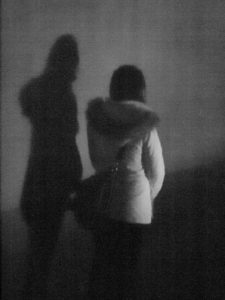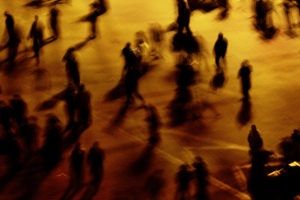
The word ‘rule’ is defined as one of a set of explicit or understood regulations or principles governing conduct or procedure within a particular area of activity. This shows that the word rule is linked to control and standards – rules govern what we should and shouldn’t do. When looking at photography, the rules can often be what is acceptable to photograph and what is not, where a subject should be placed, and which camera settings should be used to capture the technically correct photograph. Below is the origin for the word ‘rule’. It originated from the latin word ‘regula’ for ‘straight stick’ and progressed through French in order to come around in the Middle English language.

The word ‘technicality’ is defined as ‘a point of law or a small detail of a set of rules, as contrasted with the intent or purpose of the rules.’ This shows that technicality links into rules as they are small details which should be set a certain way in order to stay in line with the rules governing. In terms of photography, this is the settings of the camera; the ISO, the shutter speed, the aperture and the exposure. The technicalities and rules of camera settings suggest that photographs should be exposed correctly, be in focus and be aesthetically pleasing but technicalities can be changed in order to challenge these rules.

In Lewis Bush’s article ‘Rule Breakers‘, he explores eight rules within photography that are worth breaking. One of these rules is the rule of technicality. Bush says that “the camera technology of today means the real skill and the real statement sometimes lies in taking a wilfully ‘bad’ image”. By saying this, Bush is trying to convey the idea that it is alright to go outside the conventions of ordinary camera settings in order to create experimental photographs that would not normally be deemed aesthetically pleasing, but by using unique technicalities, photographers and artists such as Laura El-Tantawy and Henrik Malmstrom have used these technicalities to show creative expression. For example, El-Tantawy renders photographs of the Egyptian revolution with long exposures to express a personal vision of the event. El-Tantawy says “It was about responding spontaneously to the events around me” when speaking about the photographs as they showed what she felt and what she saw in the moment.
Ideas For Exploration

Whilst exploring the rule of technicality I will be looking at altering camera settings to create unconventional photographs that are both interesting and unique. I can take inspiration from both El-Tantawy and Henrik Malmstrom for this investigation as they both create unique and unconventional photographs. I think that Malmstrom has a very interesting approach in his book ‘A Minor Wrongdoing‘ in which he photographs subjects at night with a very high ISO to create grainy and underexposed photographs so I will continue to study Malmstrom. I will be able to explore street photography/documentary photography through this whilst also exploring the people within Jersey. Whilst doing this I can also look at creating out of proportion photographs or ones which do not consist of a conventional composition to further explore the idea of breaking the rule of technicality.

Whilst focusing on taking inspiration from Malmstrom, I may also look at changing technicalities which Malmstrom did not, such as shutter speed and aperture in order to make my photographs more unique and interesting. I hope through exploring this that I will be able to show my understanding of the rule of technicality and my understanding of the camera technicalities and conventions.
